Choosing the Right 3D Printer
To play Beyond Space, you'll need a resin printer to print your army. If you choose to purchase the game board from us directly, you can skip the need for an FDM printer. Selecting the right 3D printer is an important step in getting started with Beyond Space. Whether you're printing detailed miniatures or the hex tile game board, understanding the differences between printer types will help you make the best choice for your needs.
Note: At the time of writing, the game board is not yet available for purchase in either digital or physical formats.
Understanding Printer Types
Beyond Space requires two primary types of 3D printers to meet different printing needs:
Resin Printers (SLA/DLP/LCD):
- Ideal for printing Beyond Space miniatures, providing exceptional detail and smooth surfaces perfect for units and characters.
- Produces high-resolution models with minimal visible layer lines.
- Requires post-processing, including cleaning and curing, to finalize prints.
FDM Printers (Fused Deposition Modeling):
- Best suited for printing Beyond Space’s modular hex tile game board, offering durable and functional pieces for gameplay.
- Uses cost-effective filament materials and requires minimal maintenance.
- A great option for players who want to print their own game boards, though pre-printed boards will be available for purchase.
How Each Printer Works
Resin Printers (SLA/DLP/LCD):
- Resin printers cure liquid resin layer by layer using UV light. This process delivers highly detailed and smooth models but requires additional steps, such as cleaning and curing, to finalize the prints.
- Resin printing is ideal for detailed miniatures but requires a dedicated workspace due to the handling of resin and post-processing needs.
FDM Printers:
- FDM printers work by melting and extruding plastic filament layer by layer onto a print bed. They are perfect for larger, sturdy prints like game boards.
- FDM printing is more straightforward and cost-effective, with minimal post-processing required, making it an excellent choice for functional prints.
Key Considerations When Choosing a Printer
When selecting a 3D printer, consider the following factors to ensure it meets your needs:
Print Quality:
- Resin printers offer superior detail for miniatures.
- FDM printers provide strong, functional parts but with visible layer lines. The quality of the printer matters when it comes to layer lines.
Speed:
- Resin printing typically takes longer due to the high level of detail.
- FDM printing can be faster for larger objects.
Ease of Use:
- Resin printers require additional post-processing (cleaning and curing).
- FDM printers involve minimal post-processing and are generally easier to maintain.
Budget:
- Resin printers have a higher ongoing cost due to resin and post-processing supplies.
- FDM printers have lower material costs but may require occasional upgrades or repairs.
Space and Ventilation:
- Resin printers should be placed in a well-ventilated, non-living space.
- FDM printers can be used in living spaces with minimal ventilation needs.
Recommended Resin 3D Printers
The following printers have been hand-picked to provide a good starting point at varying price ranges. While these options are highly recommended, there may be other printers better suited to your specific needs.
Some of the recommended products below contain affiliate links, which means Beyond Space earns a small commission if you make a purchase, at no extra cost to you. Every contribution helps support the ongoing development of the game, allowing us to continue improving and expanding the experience. Your support through these links is greatly appreciated.
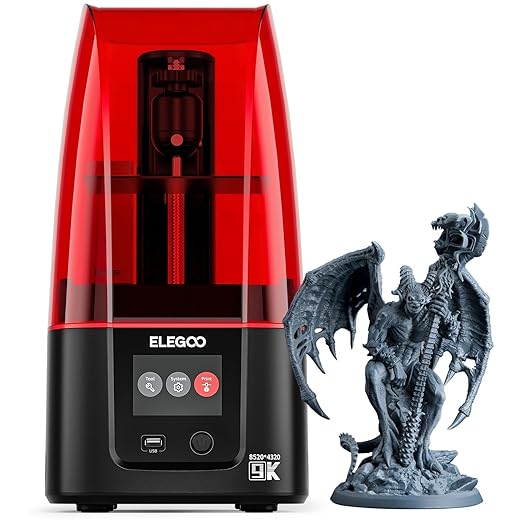
Elegoo Mars 4 Ultra
Why I Recommend It: This is a great starter printer for anyone new to resin printing. It’s affordable, easy to use, and still delivers excellent detail with its 9K resolution. If you’re looking to get started without a huge investment, this is an excellent option.
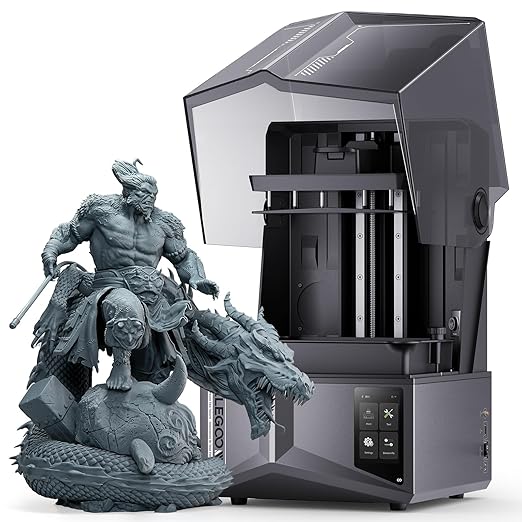
Elegoo Saturn 4 Ultra
Why I Recommend It: If you like the Elegoo platform, this printer is a fantastic choice without breaking the bank. It offers a larger build volume than the Mars 4, making it great for printing multiple models or bigger projects. With its 12K resolution, it balances affordability and performance beautifully.
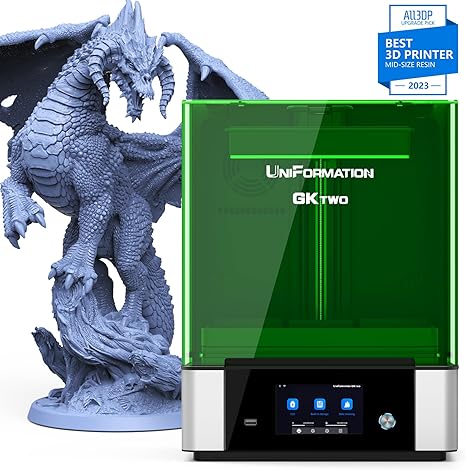
Uniformation GKtwo
Why I Recommend It: This is a premium printer packed with bells and whistles. The quality-of-life features make it extremely user-friendly, and the overall design is well thought out. It prints exceptionally well, and the customer service from Uniformation is outstanding—I can’t recommend this printer enough if you’re looking for a high-end option.

ANYCUBIC Photon Mono M7 MAX
Why I Recommend It: This printer is a beast. It’s another premium option that comes loaded with features aimed at making printing as user-friendly as possible. The large build area is perfect for batch printing or large-scale projects, and the quality-of-life additions make it a joy to use. You really can’t go wrong with this printer if you’re managing extensive prints or need the extra space.
Recommended FDM 3D Printers
I personally recommend Bambu Labs printers for producing the Hex Tile Game Board for Beyond Space due to their excellent performance, reliability, and ease of use. These printers are well-suited for large, functional prints like game boards and offer consistent results with minimal maintenance.
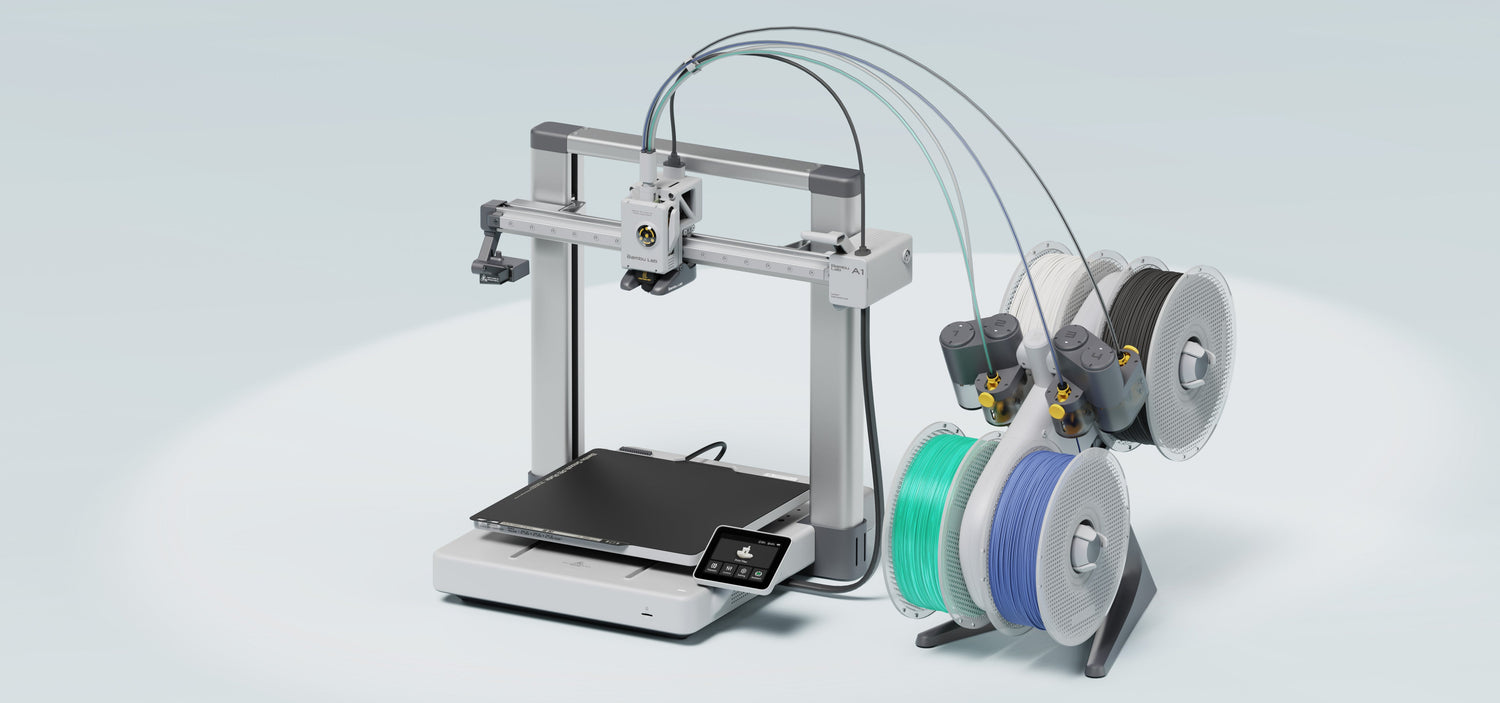
Bambu labs A1
Why I Recommend It: The A1 is an excellent entry-level FDM printer that doesn’t compromise on performance. Its build volume is ample for most hobbyist needs, and the print quality is outstanding. The user-friendly design makes it straightforward to assemble and easy to use, making it a great option for beginners or anyone looking for a reliable printer.
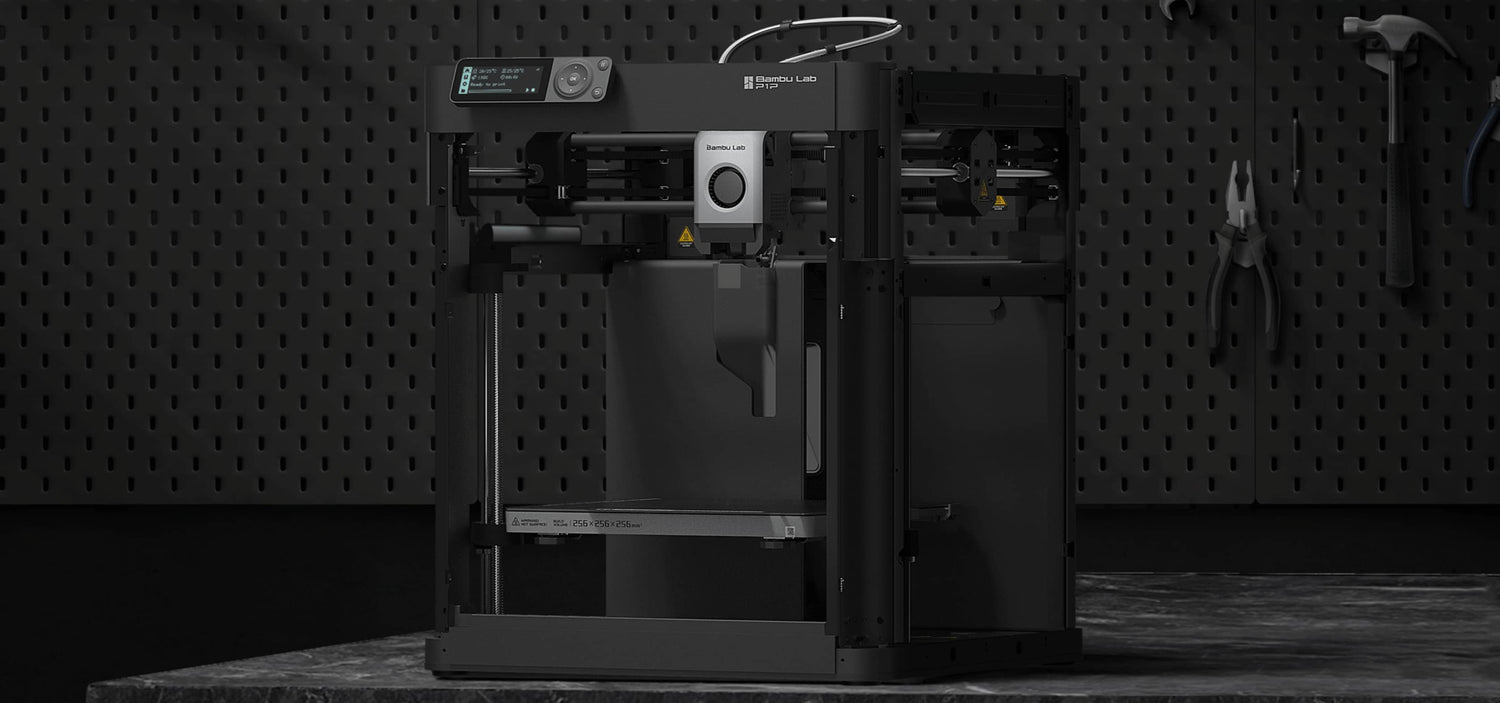
Bambu Lab P1P
Why I Recommend It: The P1P offers a great balance between affordability and high-end features. It has good print speeds and comes in an open-frame design without side panels. If you’re looking for more premium features or better temperature control, other versions of the P1P are available with enclosed builds.
Last updated 1/27/25
Next Step: Choosing the Right Materials
Once you've selected the right 3D printer, it's time to gather the necessary materials.
